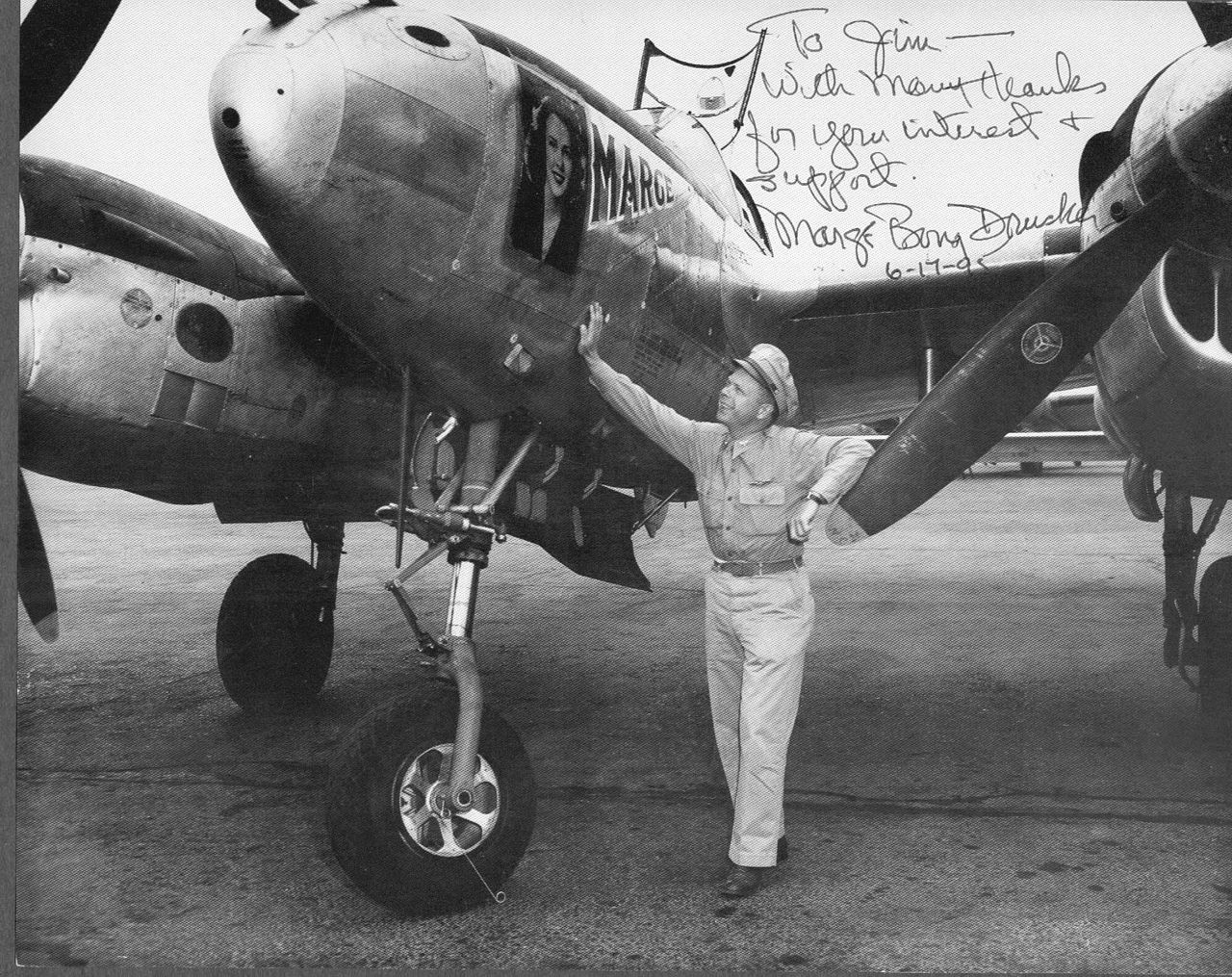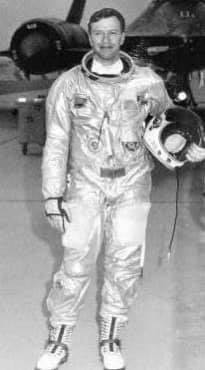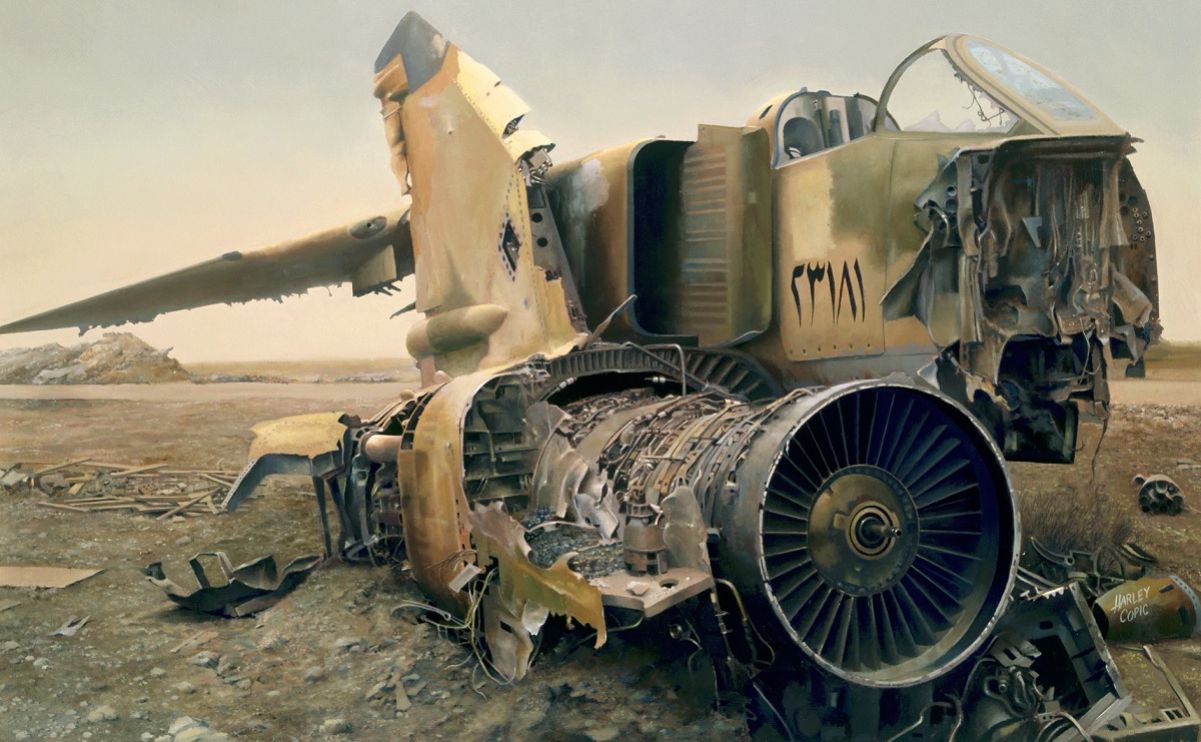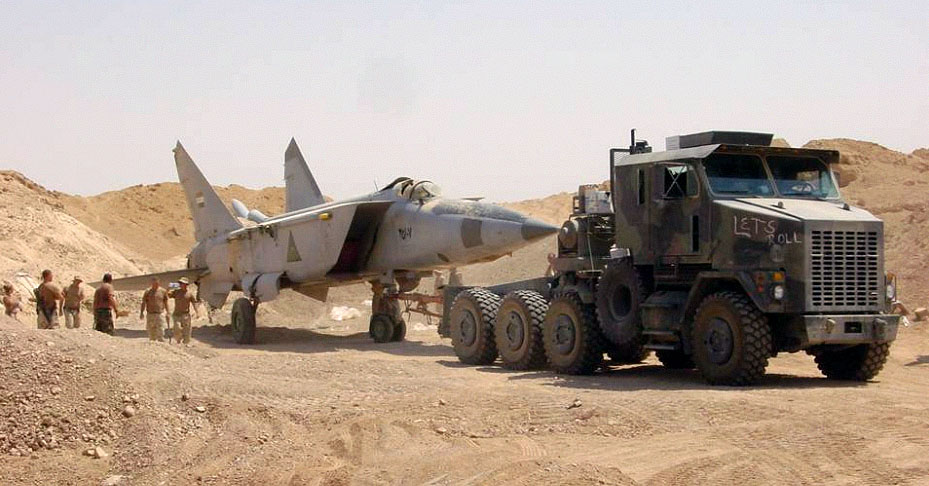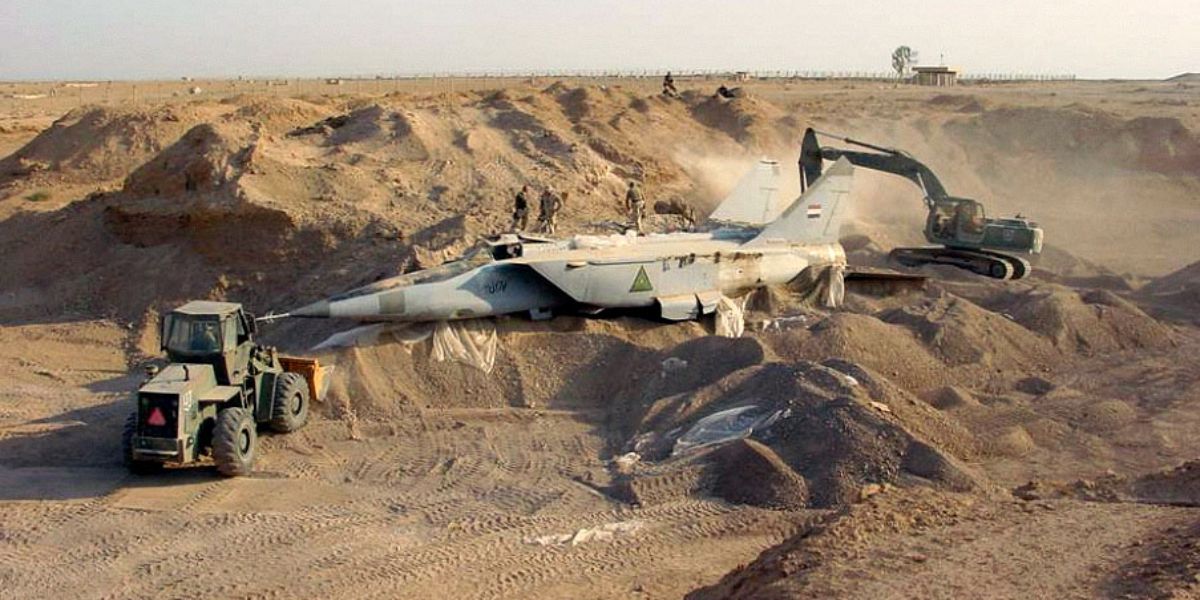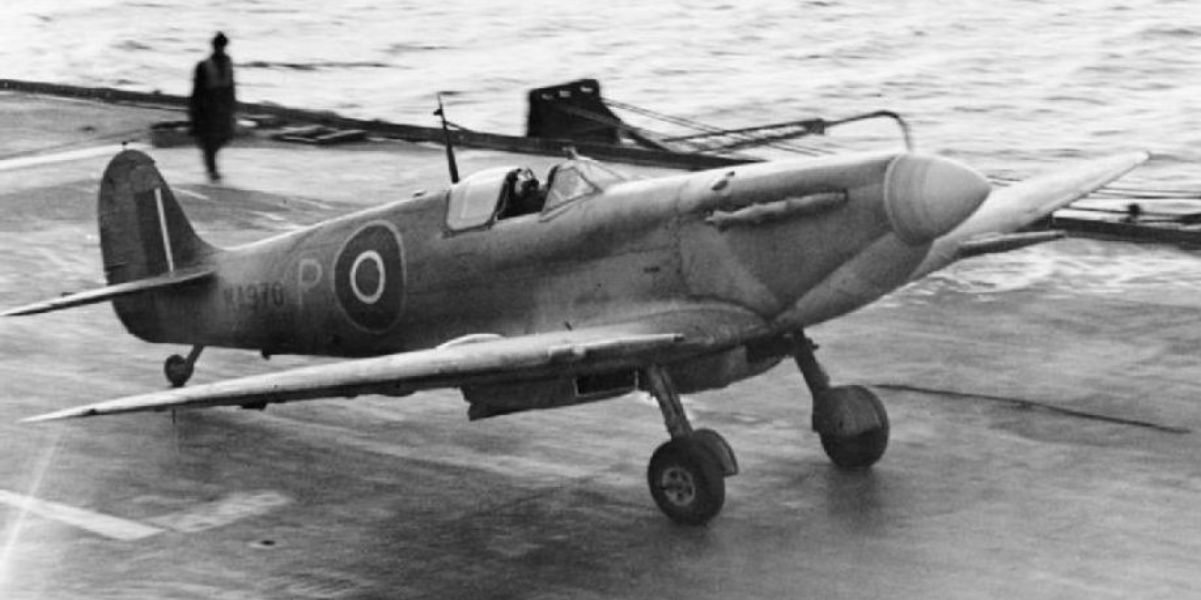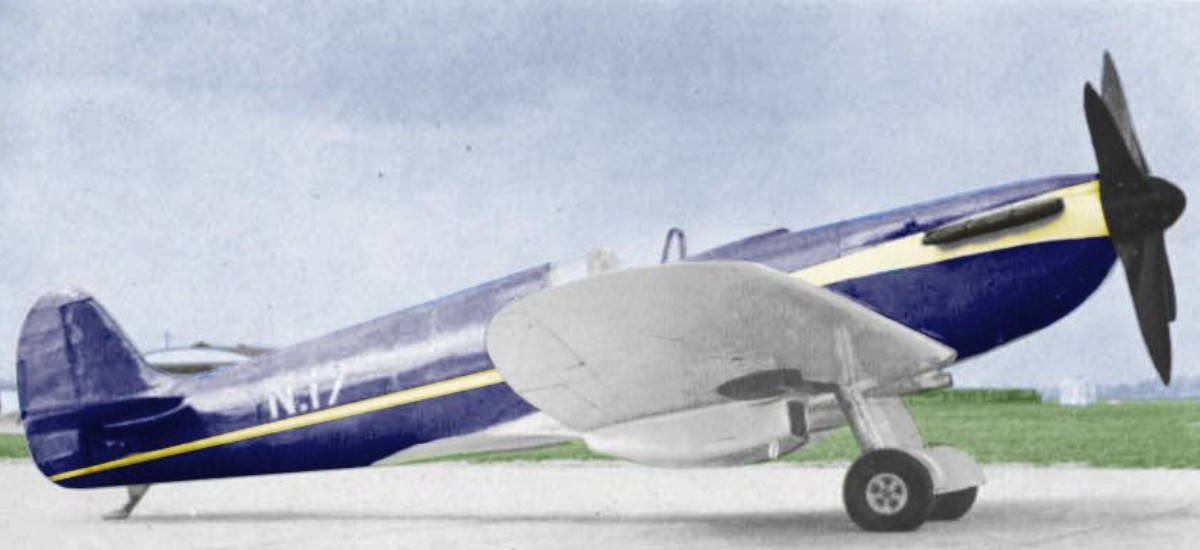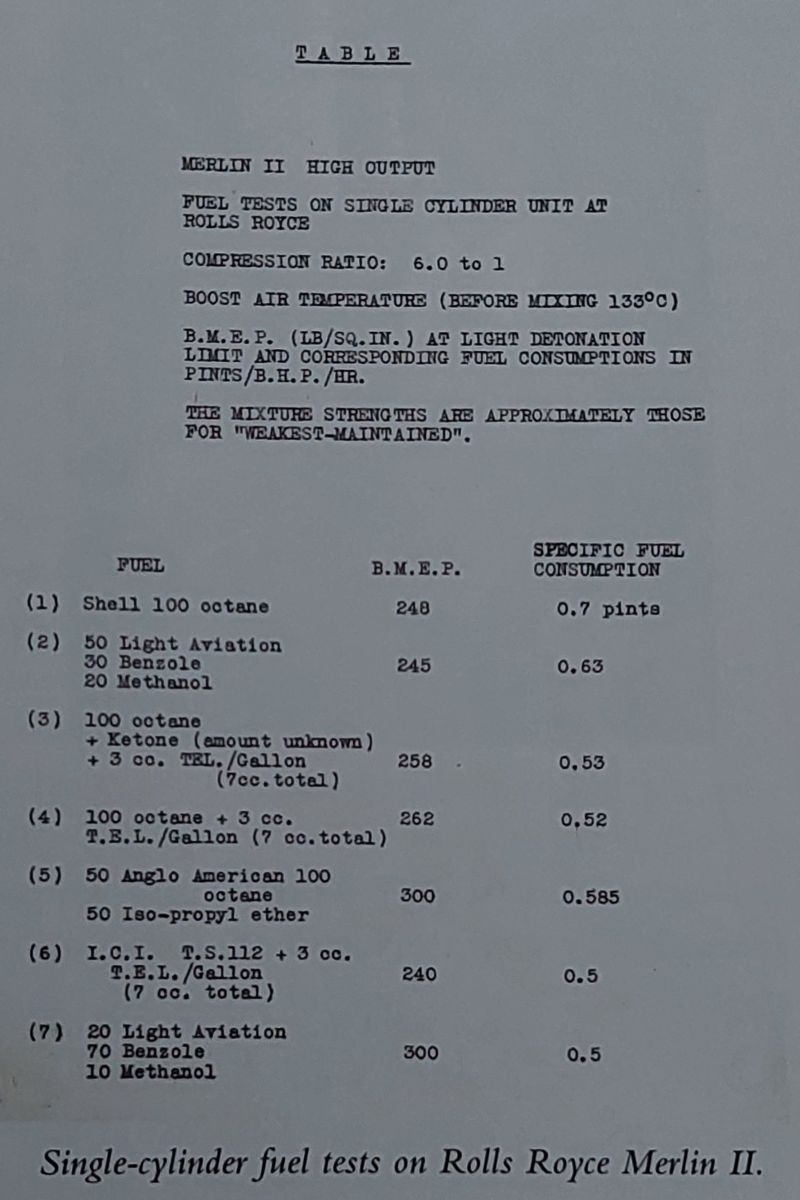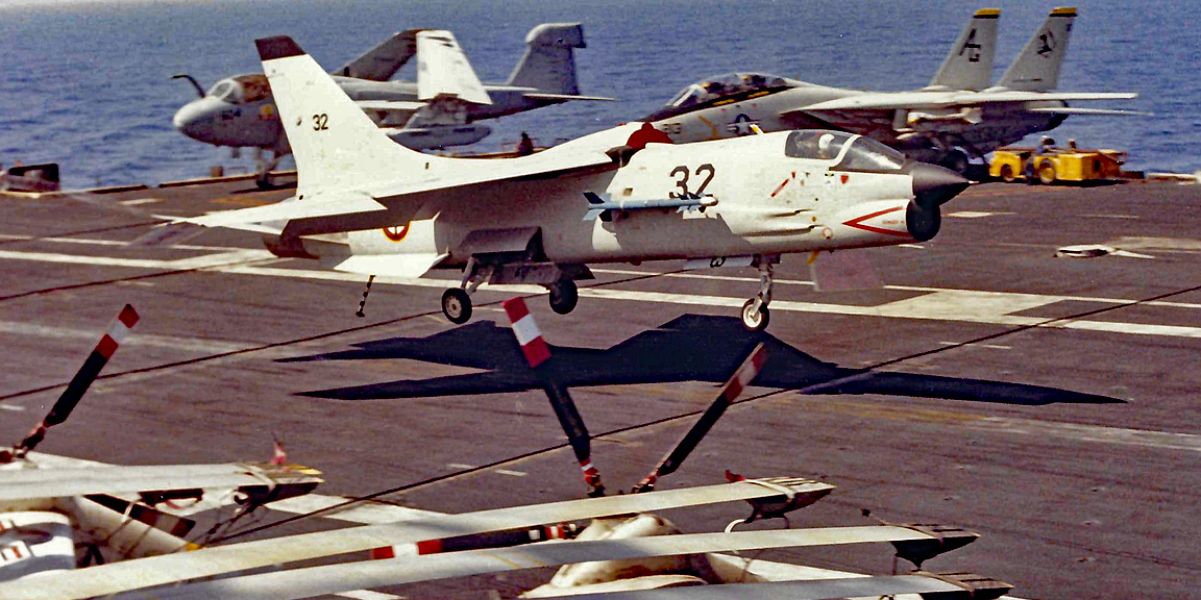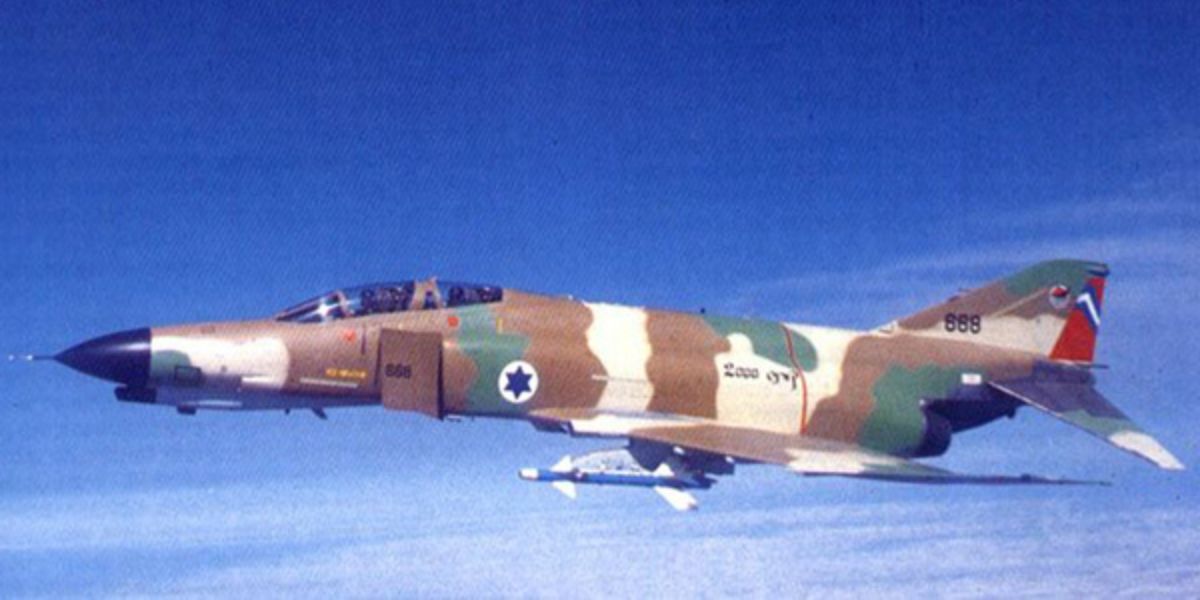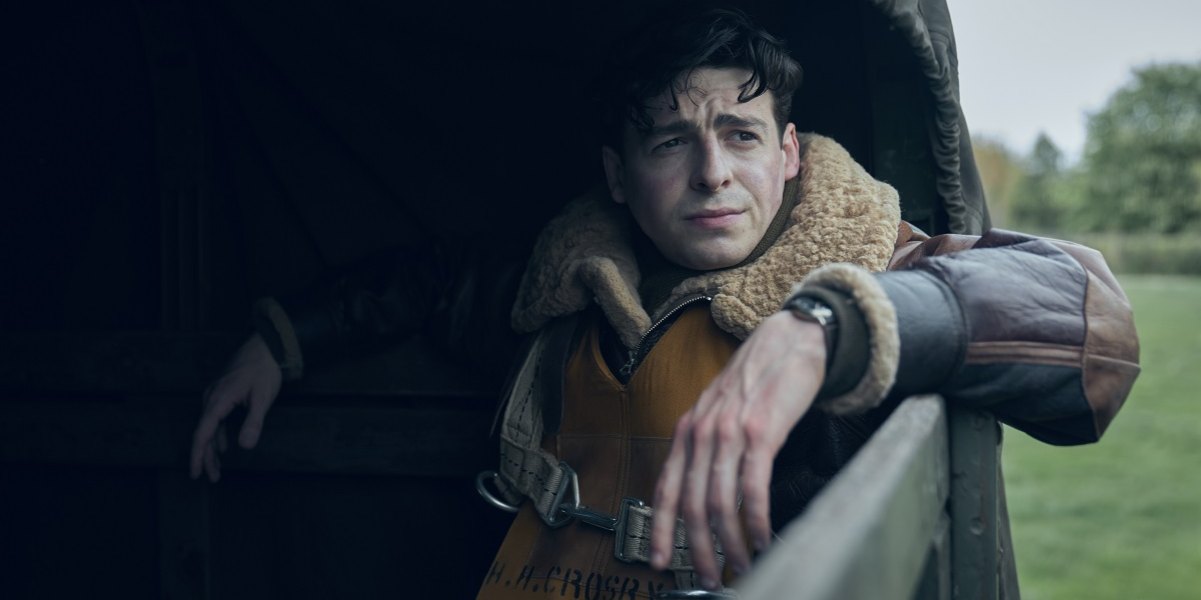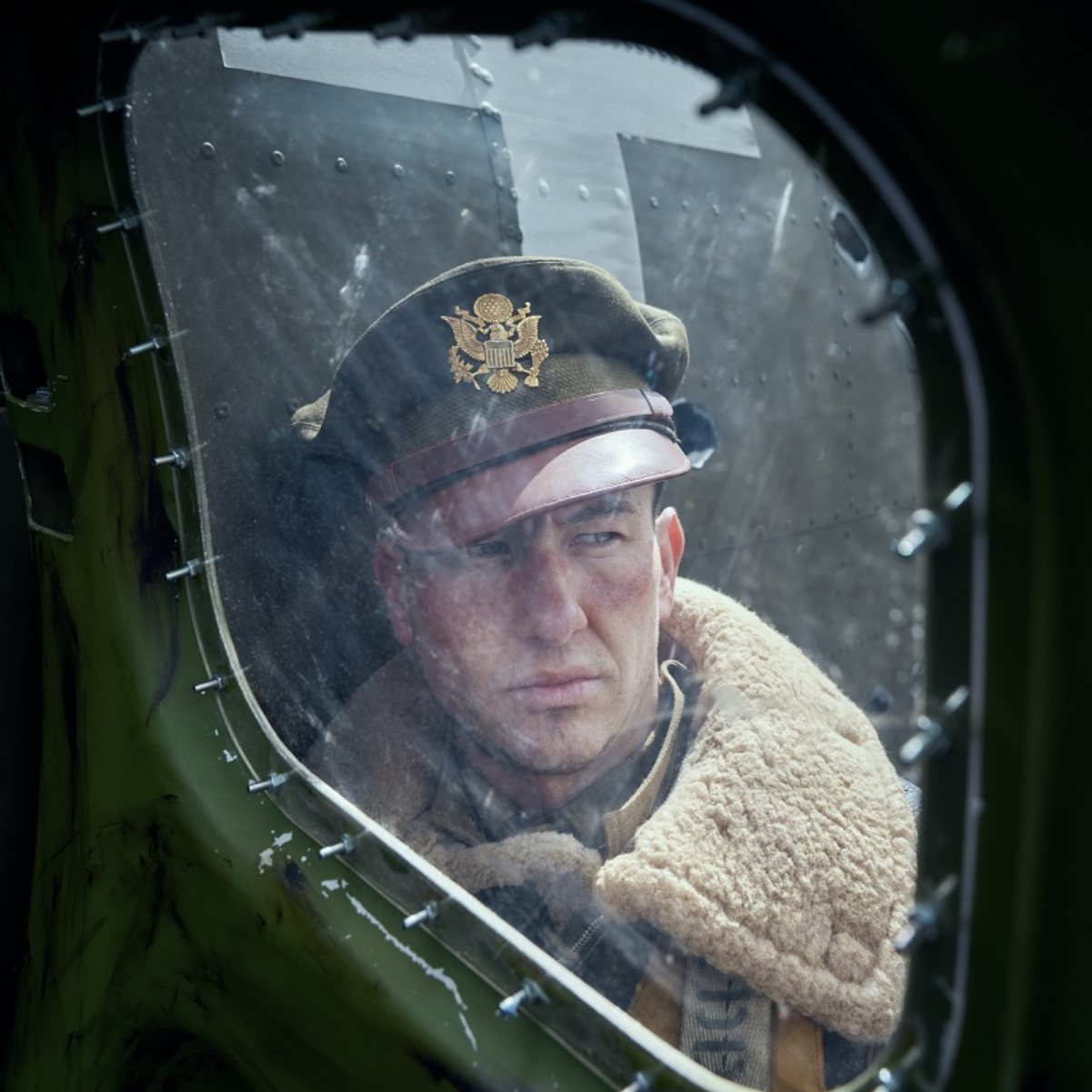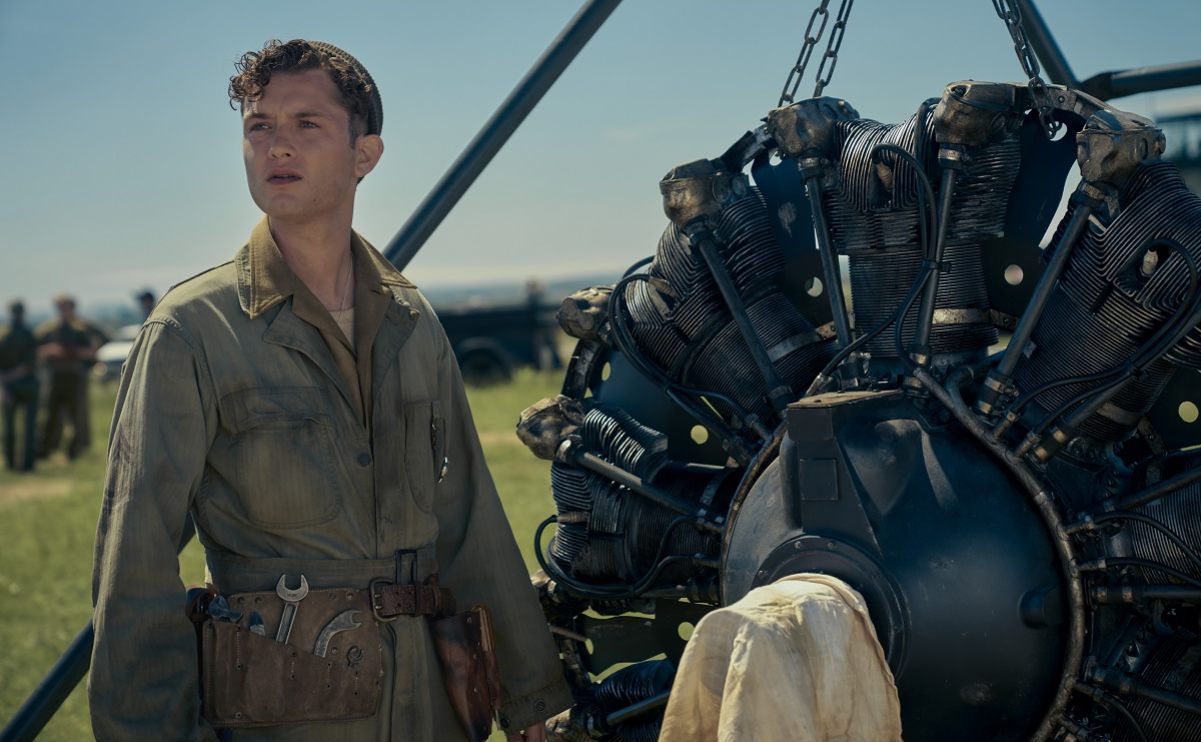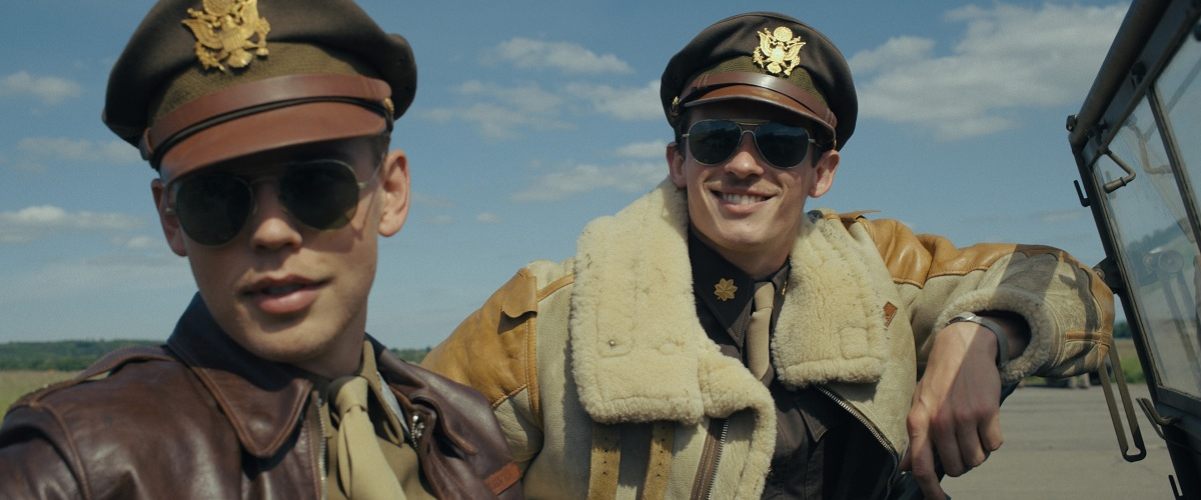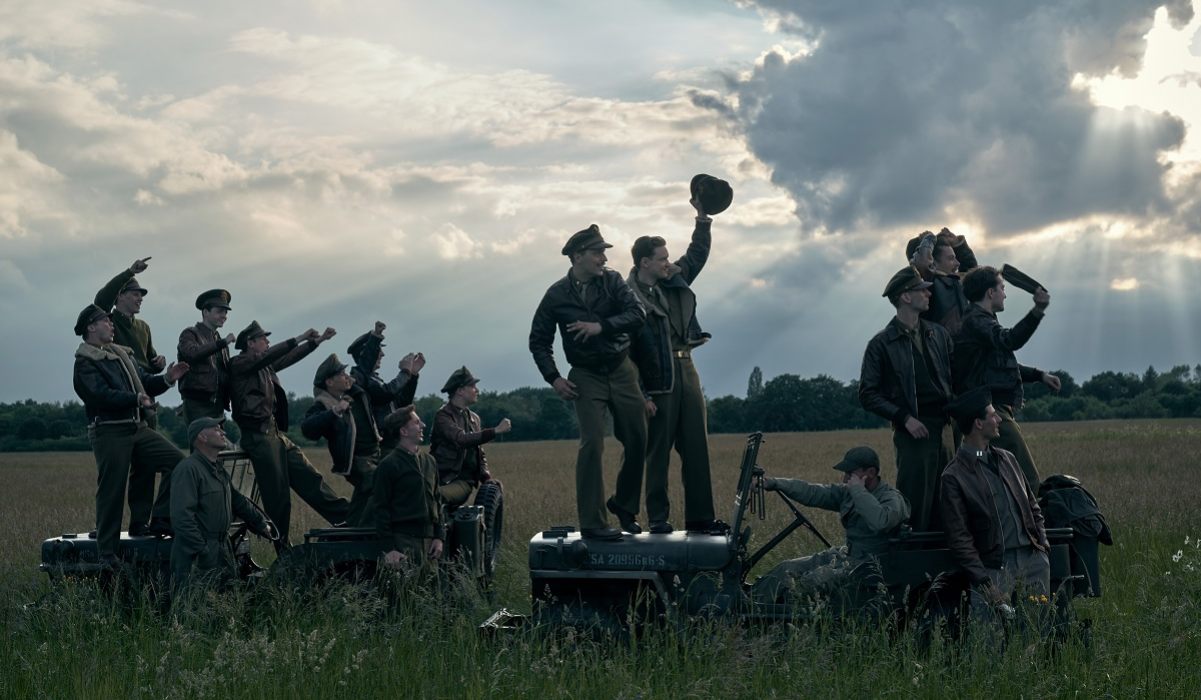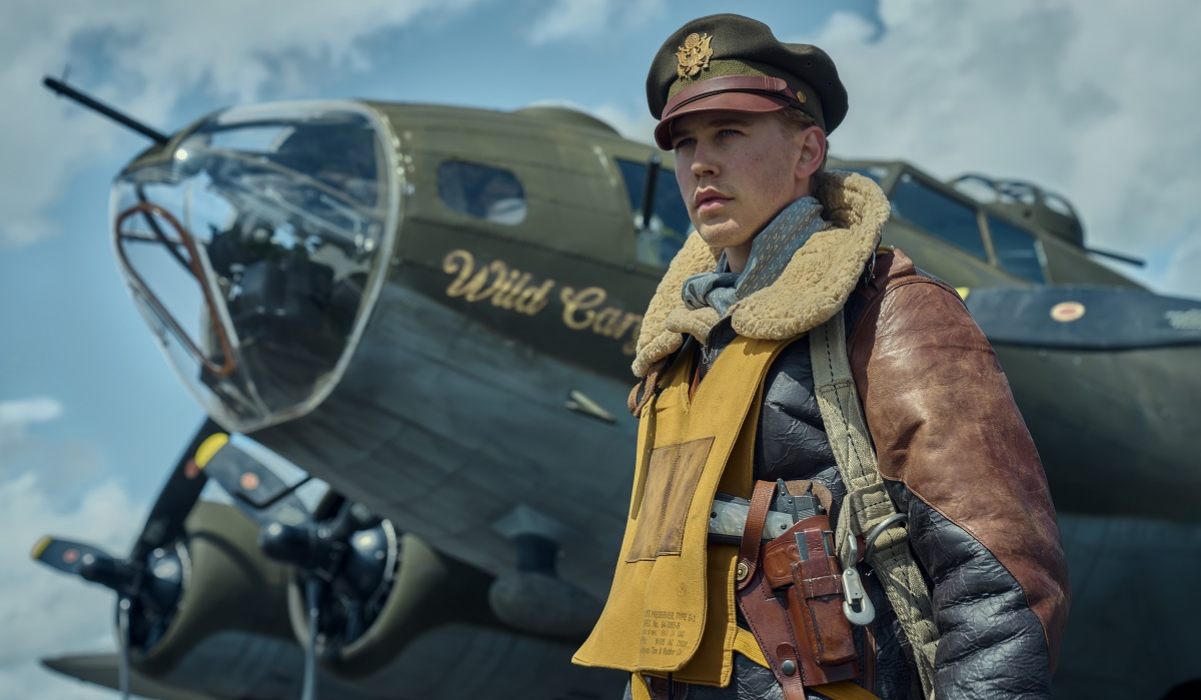The B-47 that flew the largest Nuclear Bomb ever built to Spain
The first XB-47 prototype, built to fulfill a 1944 need, flew in December 1947 and outperformed its competitors. It had swept wings, jet engines in underwing pods, main landing gear located on the fuselage, and automated systems that lowered the crew number to three, among many other innovative features for the period.
In May 1951, the B-47 began replacing the propeller-driven B-29s and B-50s in the US Air Force’s Strategic Air Command (SAC) medium bomber units. While it could carry about the same bomb tonnage as the aircraft it replaced, the B-47’s top speed was more than 200 mph faster.
The US Air Force’s Strategic Air Command (SAC) medium bomber units started using B-47s in May 1951 in place of their propeller-driven B-29s and B-50s. The B-47 had a top speed of over 200 mph, but it could carry roughly the same number of bombs as the aircraft it replaced.
B-47 Stratojet nuclear bomber
Due to its capabilities, the B-47 Stratojet—a nuclear bomber and reconnaissance aircraft—became an essential component of the SAC in the 1950s and early 1960s.
As Richard “Butch” Sheffield (former B-47 navigator/bombardier, former B-58 navigator/bombardier, and former SR-71 Reconnaissance Systems Officer (RSO)) recalls in his unpublished book “The Very First,” Stratojet units regularly deployed to forward air bases around the world on temporary duty because the B-47 did not have the range of SAC’s heavy bombers (the B-36 and later the B-52).
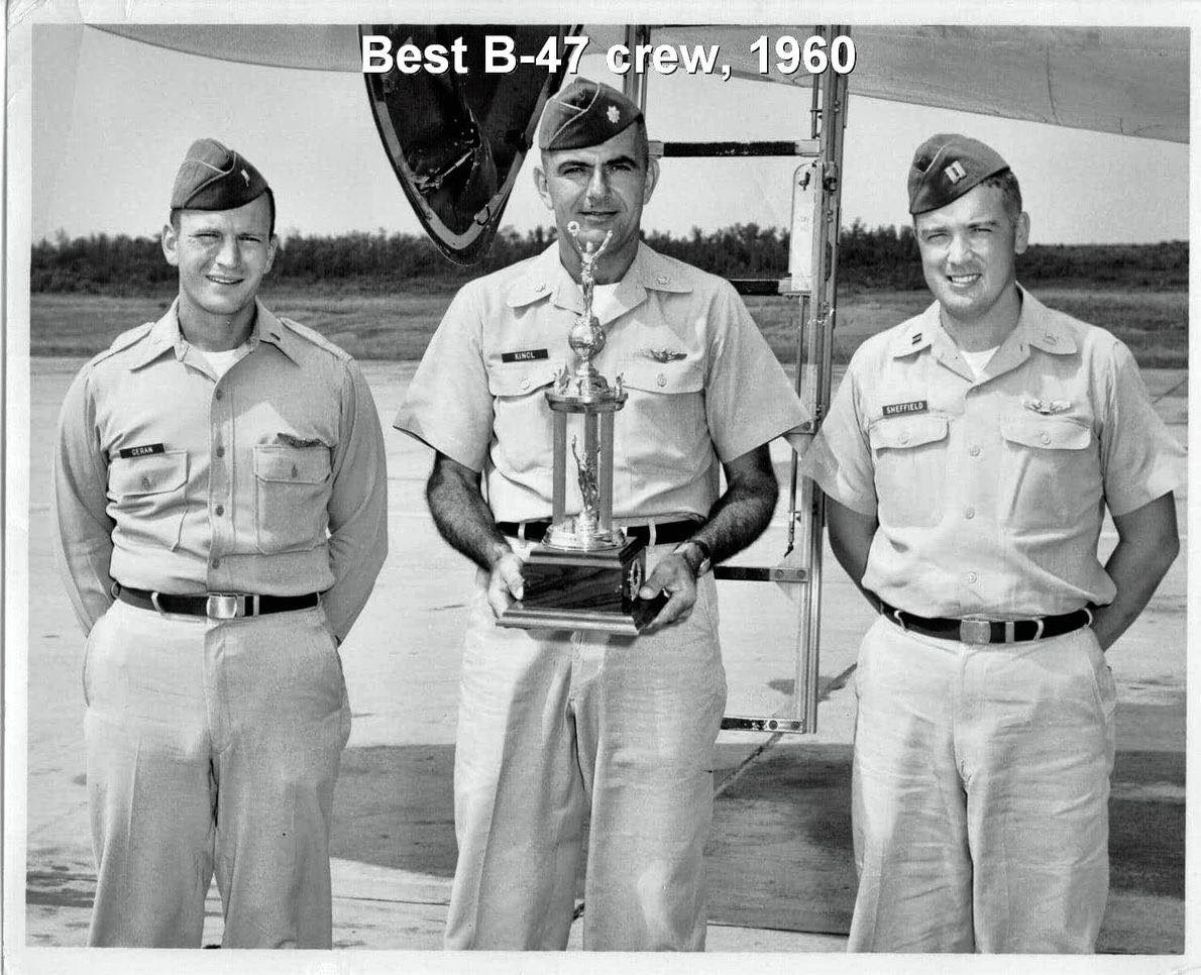
Flying to Spain with Mark 36
‘In the summer of 1959, our Wing moved its overseas operating location from Fairford, Royal Air Force Base, in the United Kingdom (UK) to a Spanish Air Force Base at Moron, Spain, near Seville.
‘In order to get our nuclear weapons to Spain, we just flew them in our B-47’s. This way, we did not have to down load them from our alert status in the UK. Our primary weapon was the Mark 36. It weighed twenty thousand pounds, completely filled the B-47 bomb bay, and had a seven-megaton yield. This was the largest nuclear bomb ever produced.
‘The normal way of moving nuclear weapons was by Military Air Lift. The weapons were safe, offloaded from the bombers, place into heavy lift aircraft like C-130, C-97, or later, C-5s.
Carrying the largest Nuclear Bomb ever produced
‘So, flying them in the bomber was very unusual. Also, when the B-47 was full of fuel, with tip tanks fully loaded and the Mark 36 loaded, our center of gravity (CG) was far aft of normal. We could not land with the bomb onboard and fuel in the tip tanks. We have to burn the fuel out of the tip tanks or drop the bomb to get the CG forward to land.
‘The route to Moron took us right over the Capital City of Spain, Madrid. As I flew over Madrid with this very large Hydrogen bomb, I couldn’t help but think, what do those people on the ground think is flying over them today? We even made a simulated bomb run on them.’
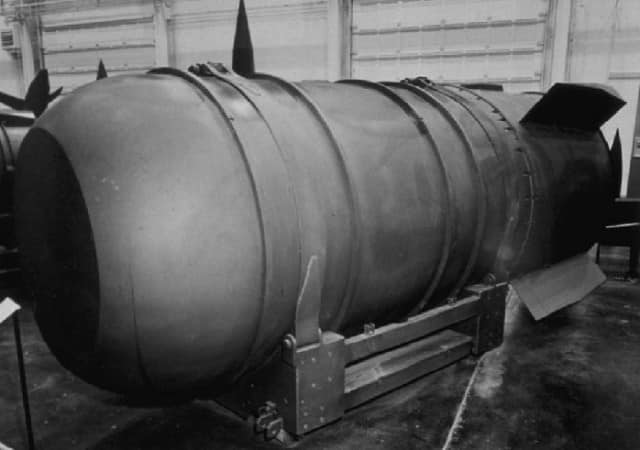
Flying home over the Bermuda Triangle
When Richard “Butch” Sheffield would discuss flying over the Bermuda Triangle and claim that there was indeed something strange about it, he would have a perplexed expression on his face.
‘When it came time to rotate back home to Little Rock, my CO-pilot, Jim McCracken, and I came up with a way to get home sooner than normal. We would land at the Azores; refuel then were going to fly all the way home on one tank of gas going over Bermuda.
‘Everything was going well, right on fuel plans until we passed Bermuda, then we ran into the jet stream, two hundred-knot headwinds, that were not forecast. We were lucky to make it to the East Coast. I have never seen, before, or sense, headwinds like that. The jet stream never goes that far South.
‘We landed at Hunter, AFB, SC. on the East Coast. Flew home to Little Rock the next day.’
Check out Habubrats SR-71’s Twitter profile and the Born into the Wilde Blue Yonder Facebook page for further Blackbird photos and stories.
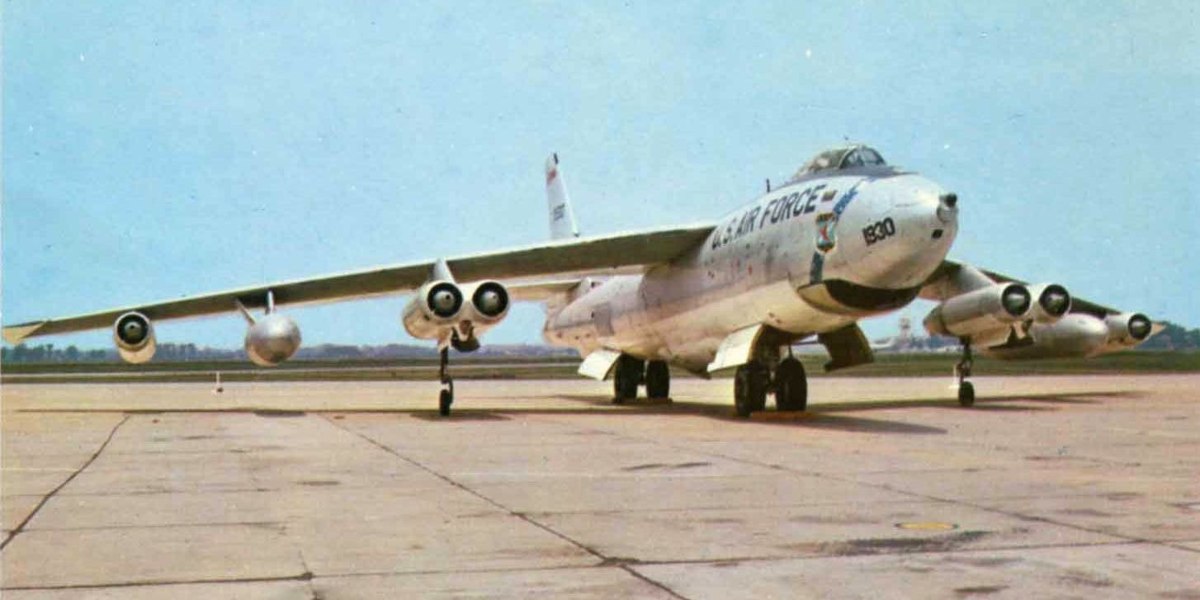
Photo by U.S. Air Force and Linda Sheffield Miller






